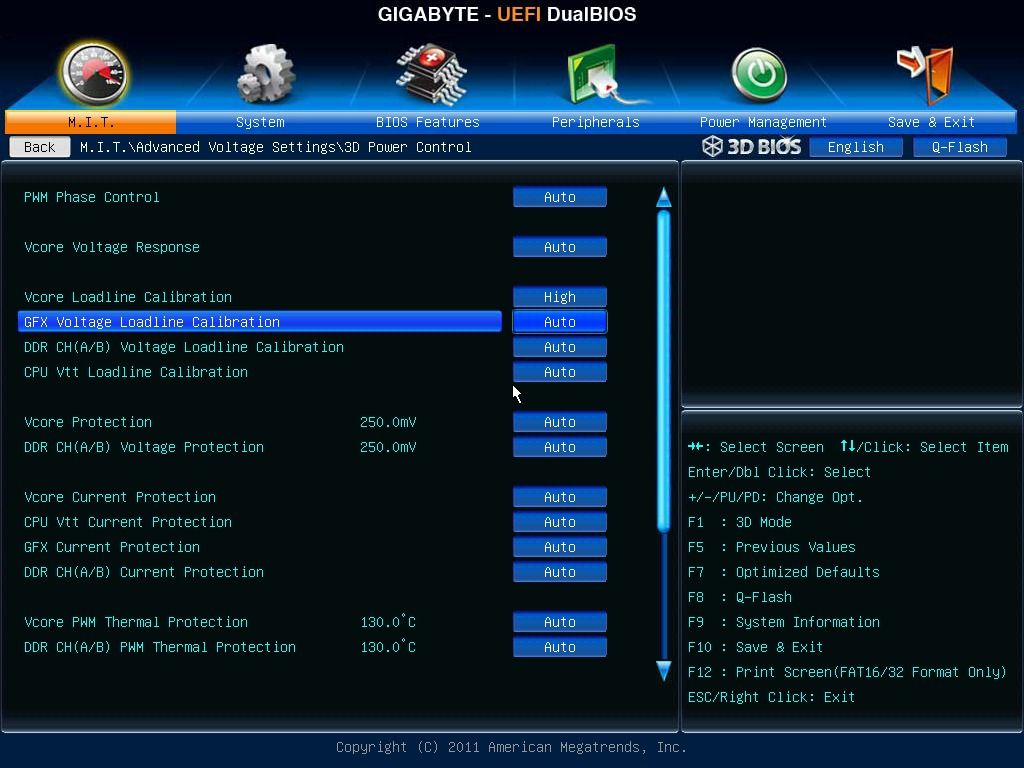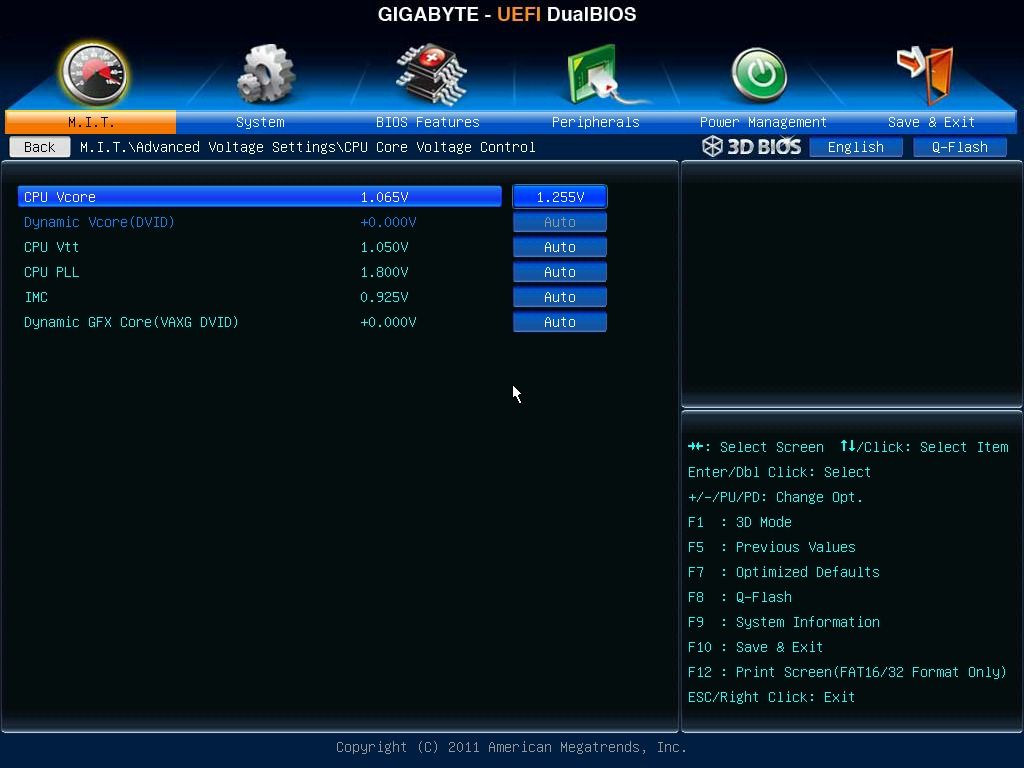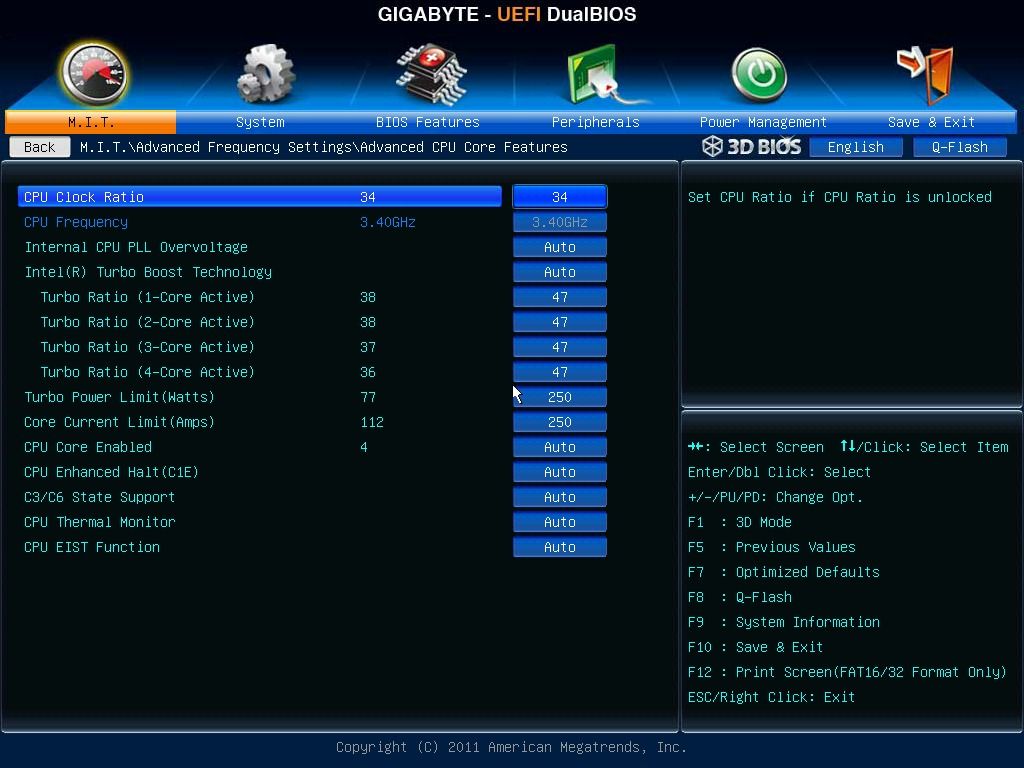Hi,
Im new here and new to overclocking. Im pretty sure ive got a decent chip. I cant get the 3560k to 4.5 using 1.14 totally stable and i can run it at 1.12 but it fails one of my tests.
Heats not an issue as ive run prime95 for 12 hours and it was fine at 1.14.
At 1.12 i can run intel burn test on standard for 20 cycles and also aida64 but if i run OCCT at 1.12 it fails after 10 mins.
Now go easy on me here because im new to this. I think i can get it to pass all tests at 1.12 by adjusting the PLL and the VTT.
Some people would say its stable enough but if its not as stable as stock then its not stable enough.
My question is
Ive read about what PLL & VTT ARE but i cant work out what they DO.
Do i need more or less? what effects will that have?
What is load line calibration and what effects does changing it have?
Why not have it on max all the time?
Oh as a side note i managed to get to 5ghz at 1.4v at 1.3 i got BSOD so jumped straight to 1.4. I managed to run geekbench but then it crashed so i think i can get to 5 if i learn more about the things above.
Im looking for a 24/7 overclock of about 4.7 if i can keep the voltage down and maybe a 4.9 gaming overclock - what do you think?
Thanks
no one?
Im new here and new to overclocking. Im pretty sure ive got a decent chip. I cant get the 3560k to 4.5 using 1.14 totally stable and i can run it at 1.12 but it fails one of my tests.
Heats not an issue as ive run prime95 for 12 hours and it was fine at 1.14.
At 1.12 i can run intel burn test on standard for 20 cycles and also aida64 but if i run OCCT at 1.12 it fails after 10 mins.
Now go easy on me here because im new to this. I think i can get it to pass all tests at 1.12 by adjusting the PLL and the VTT.
Some people would say its stable enough but if its not as stable as stock then its not stable enough.
My question is
Ive read about what PLL & VTT ARE but i cant work out what they DO.
Do i need more or less? what effects will that have?
What is load line calibration and what effects does changing it have?
Why not have it on max all the time?
Oh as a side note i managed to get to 5ghz at 1.4v at 1.3 i got BSOD so jumped straight to 1.4. I managed to run geekbench but then it crashed so i think i can get to 5 if i learn more about the things above.
Im looking for a 24/7 overclock of about 4.7 if i can keep the voltage down and maybe a 4.9 gaming overclock - what do you think?
Thanks
no one?
Last edited by a moderator:



